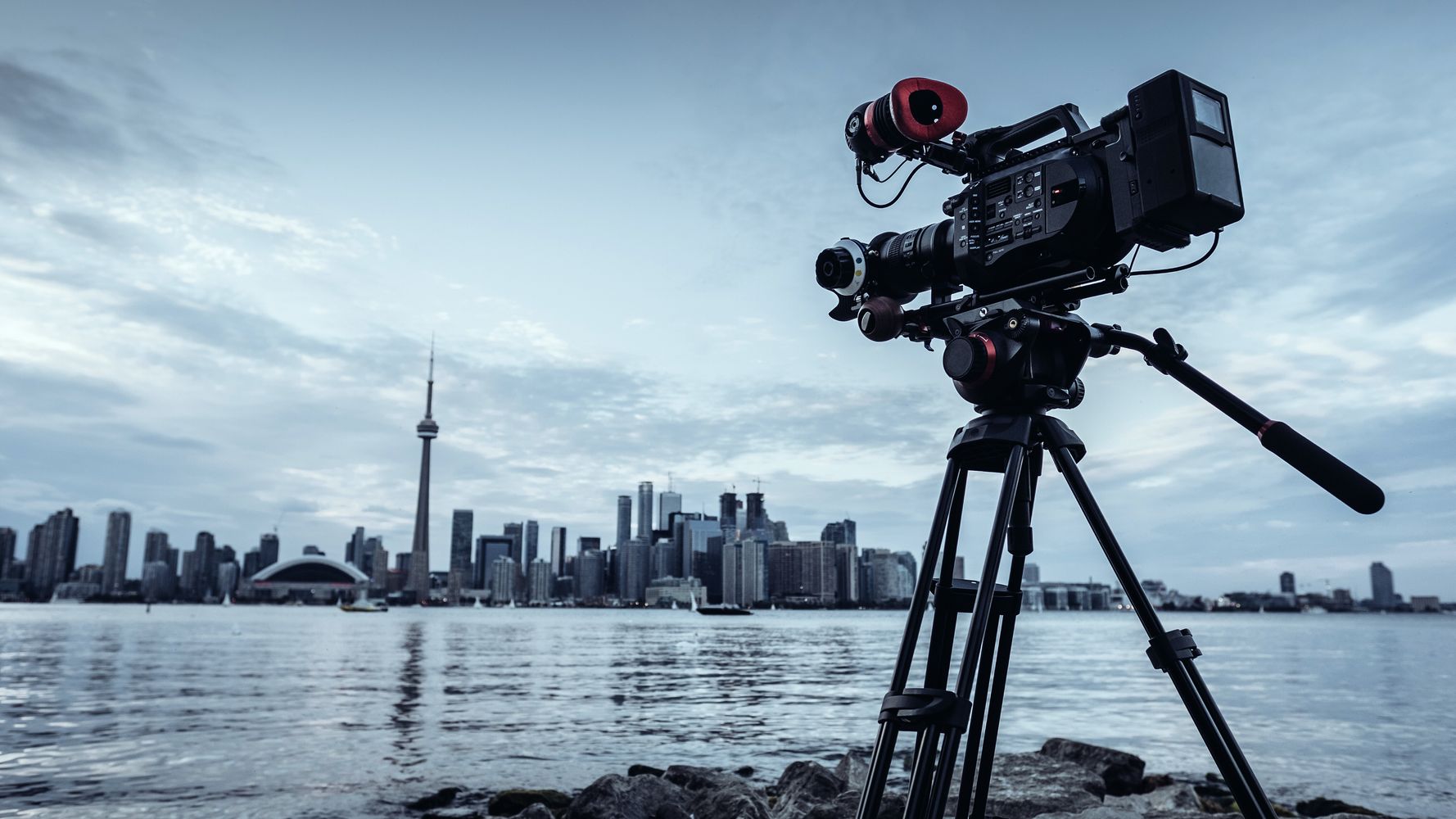Documentary is an elastic term that has been stretched to cover almost every kind of nonfiction film or video production. The first person ...
Documentary is an elastic term that has been stretched to cover almost every kind of nonfiction film or video production. The first person to use it about motion picture records seems to have been the Seattle based photographer, Edward S. Curtis. In 1911- 1912 Curtis was lecturing in cities on the east coast of the United States to raise funds for a monumental project, a photographic record of all the native people of North America. In programs for his lectures Curtis advertised the “documental value” of his material. “They show,” he wrote, “what the artist with the camera can do in rendering a record of a people - a record which not only gives a documentary story,
but also the atmosphere and soul of the primitive life.” Curtis planned a full length motion picture about native Americans living on the Pacific north-west coast. In a prospectus he stressed the ethnographic value of the “documentary material,” writing that it “will be one the most valuable documentary works which can be taken up at this time.” It would be “A documentary picture of the Kwakiutl tribes, the natives of Vancouver Island.” Curtis’ use of the documentary term 4 may have been prompted by Theodore Roosevelt, whose support of his photographic project helped Curtis get started. In a letter from the White House of December 1905 President Roosevelt referred to the value of Curtis’ photographs “as historical documents” and to the Indian, the subject of the photographic record, as “a living historical document.” The film historian Kevin Brownlow (1978) has suggested that documentary film makers owe a debt to Theodore Roosevelt, a keen conservationist, for his openness with film cameras, which helped build popular interest in the early nonfiction film. French dictionaries date the use of the term documentaire in relation to film to the mid-1920s. Like its English equivalent, the word carries an implication of a record that supplies evidence or proof. In everyday speech documents refer to papers, specifically identification papers. If we say we are documenting something or someone, we are establishing facts about that object or person, verifiable by some kind of paperwork. The form of the documentary film and the uses to which it has been put have been determined by social changes and advances in technology. Four main eras may be identified: 1)
the era of the silent film, from 1895 to the end of the 1920s; 2) the classical era of the sound film, the 1930s and 1940s; 3) the first three decades of television, following upon the medium’s reappearance after World War II, the 1950s, 1960s, and 1970s; 4) the 1980s, 1990s, and the beginning of the 21st century, an era of new technology and change in the structure of the television industry. By the end of the twentieth century documentaries were being made virtually everywhere in the world, in all shapes and sizes, often in great numbers, and about every imaginable subject. This survey does not attempt to plot the global practice of documentary. The approach followed here proposes that the documentary, like a free press, is essentially an instrument of democracy. It is a Western artifact, as is the technology that has made it a universal form. We focus here chiefly on its appearance and development in the United States

No comments